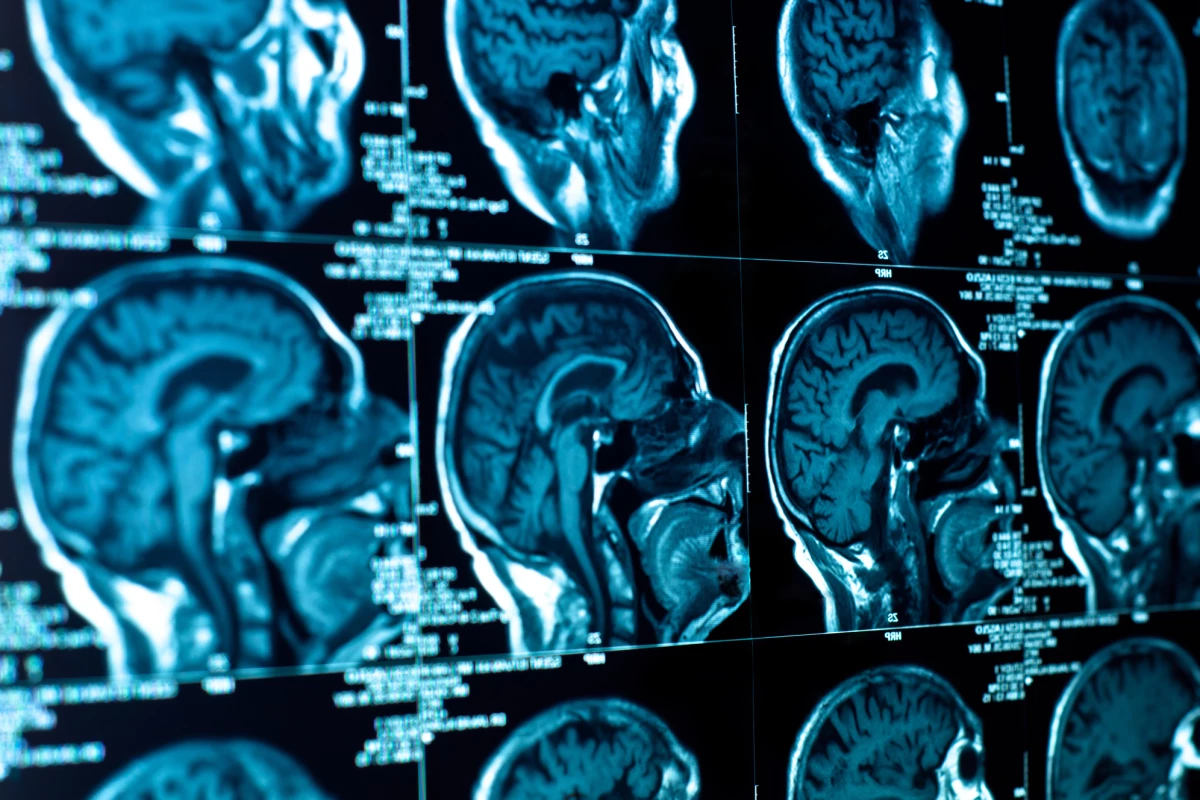Stem cells are a promising experimental treatment for a variety of diseases. Now researchers at the University of Wisconsin-Madison have found that transplanting neurons grown from stem cells into the brains of mice with Parkinson’s disease repaired the damaged brain circuits, improving the animals’ motor skills.
In people afflicted with Parkinson’s, neurons that produce dopamine begin to break down and die. The disease gradually presents as tremors, involuntary movements, and trouble with walking, speaking and other actions. While it currently can’t be cured, studies are suggesting new ways to slow progression and reduce severity of symptoms through new drugs or repurposed old ones, deep brain stimulation or probiotic treatments.
But an emerging and potentially ground-breaking treatment involves stem cells. In several studies, researchers have used stem cells to grow new dopamine-producing neurons, and then transplant them into animals. And now the UW-Madison team’s work has shown that doing so can help restore brain circuits damaged by Parkinson’s.
The team started by converting human embryonic stem cells into dopamine-producing neurons in the lab, then transplanted these into the midbrains of mice with Parkinson’s. The midbrain is the part of the brain that’s usually hardest hit by the disease.
Much of the challenge of treating neurodegenerative diseases is the complex network that is the brain. But within a few months, the researchers saw that the new neurons had grown and connected to the parts of the brain responsible for motor control. At the same time, regulatory regions of the brain had formed connections with the new neurons, protecting them from overstimulation. The team says that both sets of these new connections looked very similar to the kind of circuitry that would naturally form in the brain.
But perhaps most importantly, the mice showed signs of improvement to their motor skills. To test the inverse, the team engineered the neurons to be responsive to certain drugs that could turn their function on or off – and when they switched them off, the motor issues returned.
The new study backs up other similar ones in the past. A human clinical trial is currently underway in Japan, where Parkinson’s patients had dopamine neuron progenitors transplanted into their brains, after promising results from tests on monkeys. The two-year observation period for that study is due to end soon, so hopefully we don’t have much longer to wait before results are made public.
The researchers on the new study say that their technique could be adapted for other types of nerve cells as well, to treat different neurological disorders.
The research was published in the journal Cell Stem Cell.
Source: UW-Madison




